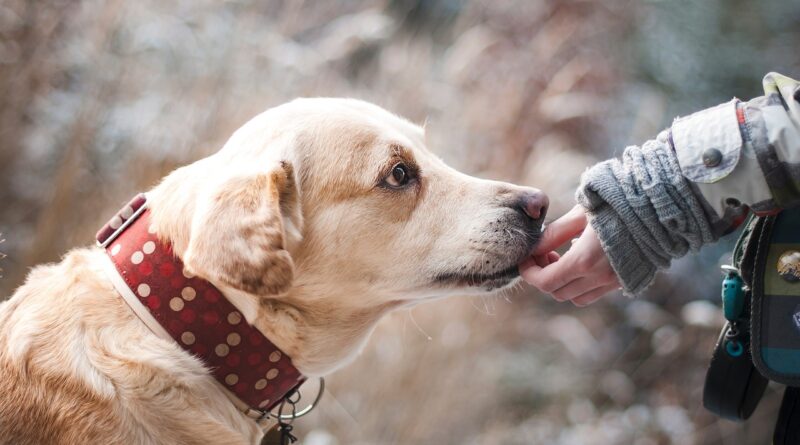How to Rate Your Dog’s Grooming Needs
How to Rate Your Dog’s Grooming Needs
Understanding your dog’s grooming needs is essential for maintaining their health and happiness. This guide will help you assess your dog’s grooming requirements based on factors such as breed, coat type, lifestyle, and specific health considerations. You’ll find practical advice on how often to groom, what tools to use, and when to seek professional help.
Table of Contents
- Understanding Your Dog’s Coat Type
- Breed-Specific Grooming Needs
- Lifestyle Considerations
- Health Considerations
- How Often to Groom Your Dog
- Essential Grooming Tools
- When to Seek Professional Help
Understanding Your Dog’s Coat Type
Long-Haired vs. Short-Haired Dogs
Different coat types require different grooming routines. Long-haired dogs typically need more frequent grooming to prevent tangles and mats, while short-haired dogs may require less frequent brushing but still benefit from regular grooming to remove loose hair and distribute natural oils.
Tools to Keep on Hand
- Brushes and combs suitable for your dog’s coat type
- Detangling spray for long-haired dogs
- Shedding tools for short-haired dogs
Breed-Specific Grooming Needs
Different breeds have unique grooming requirements. For example, poodles need regular haircuts, while huskies require frequent brushing during shedding seasons.
Popular Breeds and Their Needs
- Poodles: Regular haircuts and ear cleaning
- Huskies: Frequent brushing during shedding seasons
- Bulldogs: Regular facial wrinkle cleaning
Lifestyle Considerations
Your dog’s lifestyle can also impact their grooming needs. Active dogs that spend a lot of time outdoors may need more frequent baths and grooming sessions compared to dogs that spend most of their time indoors.
Active vs. Sedentary Dogs
- Active Dogs: More frequent baths and grooming
- Sedentary Dogs: Less frequent but still regular grooming
Health Considerations
Health issues can also dictate grooming needs. Dogs with skin conditions, allergies, or other health problems may require specialized grooming routines.
Common Health Issues
- Skin conditions: Special shampoos and more frequent baths
- Allergies: Hypoallergenic grooming products
- Arthritis: Gentle grooming techniques
How Often to Groom Your Dog
The frequency of grooming depends on several factors, including coat type, breed, lifestyle, and health considerations. Here are some general guidelines:
General Guidelines
- Long-Haired Dogs: Brush daily, bathe every 4-6 weeks
- Short-Haired Dogs: Brush weekly, bathe every 6-8 weeks
- Active Dogs: Bathe as needed, brush more frequently
Essential Grooming Tools
Having the right tools can make grooming your dog easier and more effective. Here are some essentials:
Must-Have Tools
- Brushes and combs
- Nail clippers
- Shampoo and conditioner
- Ear cleaning solution
When to Seek Professional Help
Sometimes, it’s best to seek professional help for your dog’s grooming needs. Professional groomers have the expertise and tools to handle more complex grooming tasks.
When to Consider a Professional Groomer
- Complex haircuts
- Severe matting
- Specialized grooming needs
For more tips on dog care, check out our articles on Top 5 Training Tips for New Dog Owners and How to Choose the Right Dog Shampoo.
For more information on dog grooming, visit the Dog Grooming Wikipedia page and the Dog Coat Wikipedia page.

